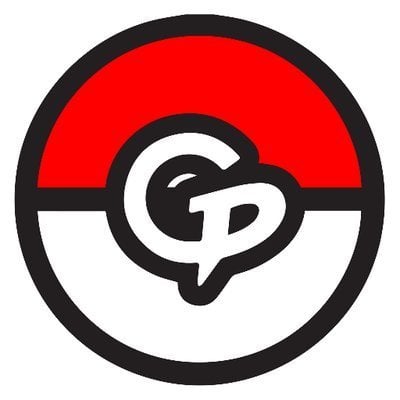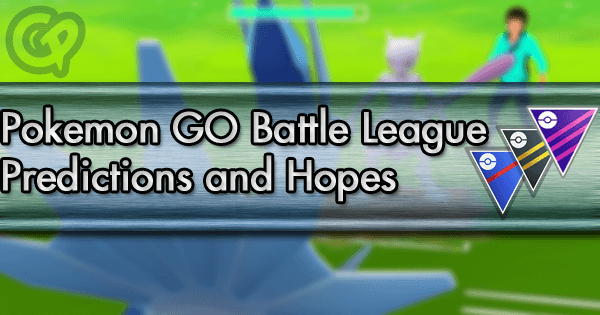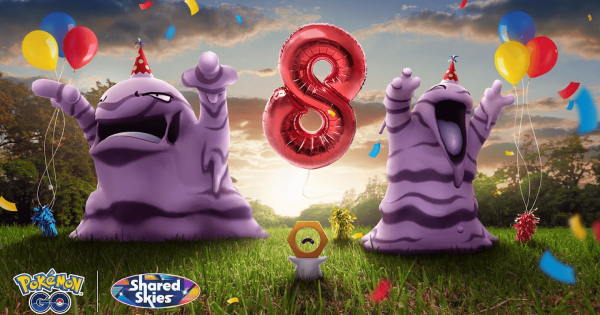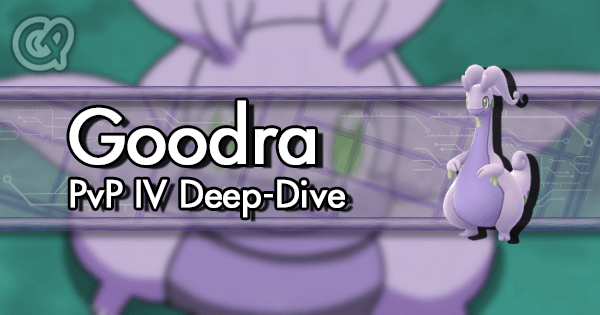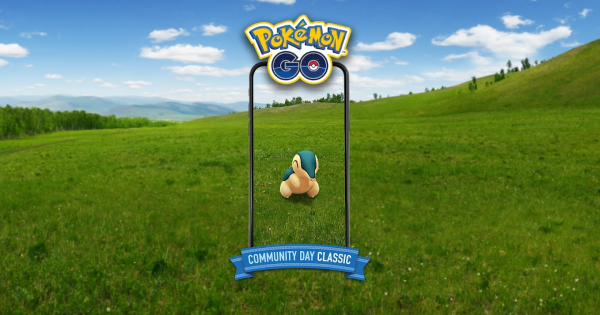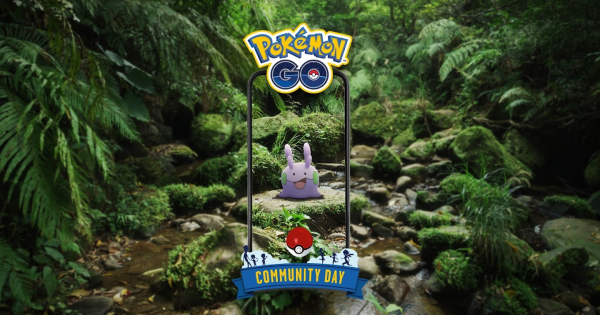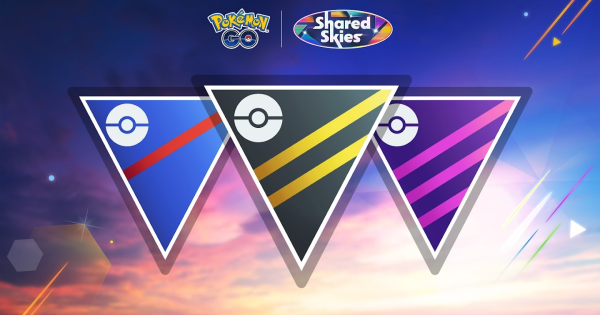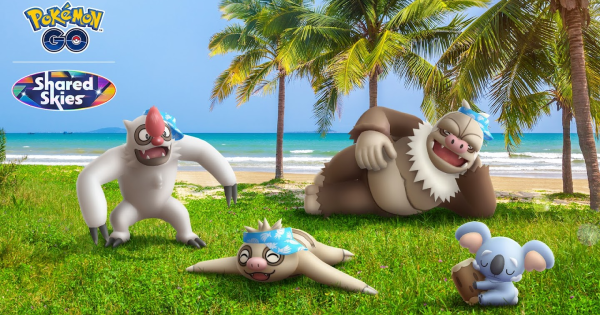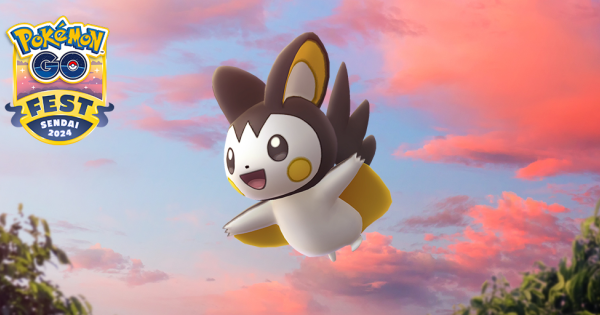The GO Battle League
Niantic has now officially announced the eventual advent of online PvP with the GO Battle League in a recent post. The full text of the post is here:
Trainers,
Battling has been a core part of the Pokémon universe since the very beginning. We’re excited to announce the development of a feature that will build upon Trainer Battles, the current form of player vs. player battling that exists within Pokémon GO. This feature will be called GO Battle League.
Like many Pokémon GO features, GO Battle League will encourage players to get out and explore the world with Pokémon. Trainers will be able to walk in order to earn entry into the GO Battle League, then battle opponents from around the globe through an online matching system and rise in the ranks of the league. We hope this feature will make the Pokémon GO battling experience more competitive and accessible to more Trainers.
GO Battle League is slated for release in early 2020. We’ll be sharing more details in a special Dev Insights video soon. Stay tuned, Trainers!
—The Pokémon GO team
There’s not a ton of information here, to be sure, so let’s pick out the key bits.
Trainers will be able to walk to earn entry
This seems to line up with a datamine from a few months back about a Vs Seeker item.
In the main series, the Vs. Seeker was a Key Item back in Generation 3 and 4 which allowed players to rematch trainers they had already battled. After using the item, you had to walk 100 steps before you could activate it again.
The exact implementation in GO is obviously not yet known, but the fact that this is the system Niantic is running with is really interesting. More on that below.
Battle opponents from around the globe
Global stuff, not limited to local players. This could be iffy for lag, but having battled internationally before, the game does hold up surprisingly well. Thanks, turns.
An online matching system and rise through the ranks of the league
This is probably the most exciting part. The creation of an actual official ranked league will provide a really cool in-game incentive for the average player to participate in trainer battles. This is huge for PvP in general, as most players (especially those who don’t have a local Silph Arena community) don’t have a great reason to make PvP investments.
Given that Pokémon GO had a center-stage invitational tournament at Pokémon Worlds in DC this year, it’s possible that any ranked system implemented here could provide people with a path to participate in that, as they would with the other competitive Pokémon properties, like TCG and VGC!
What do I expect?
Primarily, 4 things. Please note that this is all just baseless conjecture, and we don’t really know anything yet.
1. You can play ranked in all 3 leagues
This is Niantic’s chance to really support anything that’s not Great League. Having ranked play actually really account for Ultra and Master League will make the 3 people who actually play those formats (total, not each) very happy. While Arena in Season 2 has allowed ranked Open Ultra and Open Master, the focus on cup play still doesn’t really incentivize your average player to invest into those two leagues.
2. League-specific ranks
Smaller, but still important. I think a player will have 3 ranks. One for Great, one for Ultra, and one for Master. Because these three formats are so different, it makes the most sense to separate rankings per league.
3. No restricted formats
Arena’s monthly cups are really cool, but they also take a lot of work to balance. It’s also, for more casual players, hard to keep track of. You’ve gotta build an understanding of the meta, and then build up the dust, and then spend the dust, and then practice. And then, after all that, you have to find a tournament, participate, and start the process all over again. For the more hardcore players, that’s not an issue, but it can be a bit of a barrier to entry each time. Open format allows for a more consistent metagame, easier to control via balance changes on Niantic’s end, and compete less with Arena’s turf.
4. A path to worlds
At Pokémon Worlds in 2019 in DC, Pokémon GO had a center-stage 8-man invitational tournament. This happened right next to the VGC and TCG championship main stage battles, and it’s possible that this could happen again. An in-game ranked system could provide players with a way to earn their right to battle at Worlds on the big stage, whenever that happens in 2020. This is probably iffier, but it would absolutely be nice, and could really be what GO needs to get pushed into the Esports spotlight.
Possible Ranked Implementations
There are many ways that Niantic could choose to implement a ranked system, with many existing ones to model off. Let’s briefly go over a few and how they might work with Pokémon GO!
Single Matches vs Tournaments
Looking at Silph Arena’s system, you’ll see that there’s no way to change your rank just with an individual battle or match. You have to enter a ranked tournament of at least 8 people. Alternatively, looking at something like Tekken or League of Legends, you rank up or down based on individual games.
There are pluses and minuses to each of these systems, of course. A tournament system makes your wins more exciting. Winning a tournament is absolutely more hype than taking any individual match. It also makes every battle you do more meaningful, since you can’t just fix a loss with a win. Additionally, it could enable rewards past just ranks. Single Match systems, on the other hand, are significantly better for pick-up-and-play sessions. For a tournament, you have to lock yourself into however many games, for however much time. For an online comparison, Magic the Gathering Online does this for Leagues, where you play a 5-round Swiss tournament over an extended period. This is relatively freeing (compared to “go somewhere and play your games over a 2-hour period”) but it’s still kinda restrictive, and provides less immediate feedback for rank.
I expect that a single-game system would be more likely. Because, in the end, Pokémon GO is a mobile game, it works better for short-term play sessions. (Yes, I see you, raid trainers and grinders, but you might not be the target for this). That said, in a dream world, we’d get both, working in parallel.
Resetting vs Permanent Ranks
If you’ve played League of Legends (or even, again, Silph Arena), you’ll recognize this one. You have however many months to rank up as high as you can, before the season ends. At that point, you get rewards for your rank, and then they’re set back to nothing. At the beginning of the next season, you start the process over again. This would be a good system if there is some sort of formal path to official competition (such as Worlds) built in, allowing players to grind up fairly each year (rather than giving immediate preference to grinders from last year).
Permanent ranks are commonly used in fighting games. These are better if your rank doesn’t actually matter, and is only used to track your own progress. It more effectively can be used to show player progression, letting you see your rank grow over an extended period of time, from month-to-month to even years.
Tournaments and Ingame Prizes
Magic the Gathering Online is a system that uses 5-round Swiss tournaments as the main competitive format. It gives prizes based on your performance for anything from 2 wins to going 5-0. Here is a breakdown of how prizes are awarded.
Magic the Gathering Online League payouts, source here
For the sake of this discussion, we’re going to ignore Format Points and QPs, because they don’t align well with global leaderboards. Instead, we’ll focus in on Play Points and Treasure Chests. Play Points are one of the ways for you to buy into events (the other being Event Tickets). Tickets are the primary paid currency, each one being worth $1, and a league costing 10 tickets (and thus, $10). Alternatively, you can spend 100 Play Points to gain access to the league.
Looking at the prize payout, you can see that at 0-1 wins, you get nothing. 2 wins gives you half your buy-in back. 3 wins gives you your Play Points back (and gives you a treasure chest). At 4-5 wins, you are actually going positive in Play Points, as well as getting a bunch of Treasure Chests.
Treasure chests are more or less random items, which can include anything from rare cards to more Play Points. A more thorough breakdown can be seen here.
Now that we have a preliminary understanding of how MTGO’s costs and payouts work, how could that get implemented into Pokémon GO?
If we ignore secondary currencies (like, for example, a Raid Pass equivalent), you could start with a 100 Coin cost to enter a tournament, and then you could just follow the same 0-0-50-100-120-150 payout.
A Treasure Chest equivalent could be interesting as well, given that Pokémon GO is already very heavy in random bundle-based drops. As such, PvP tournament bundle drops could just be like normal raid drops, just (hopefully) with a much higher rate of TMs, something that many battlers are running incredibly low on.
While, obviously, the exact numbers would be up to Niantic, a tournament system like this would be super engaging, and could work incredibly well as either a partner to, or an alternative to a single-match system.
Fears for Implementation
Walking into Danger
All of that aside, though, there’s one major fear I have, which is the implementation of this bit:
Trainers will be able to walk in order to earn entry into the GO Battle League
As unassuming as this seems, it’s probably the part that could go most wrong. As mentioned above, datamines showed that this system would likely work off a Vs Seeker item. If it really is just “Walk 100 steps” (or some other, relatively small equivalent), it would be completely fine. 100 steps would do a bit to prevent people from just grinding out games constantly. However, the larger the distance requirement before you can play a game, the worse this system would be.
I don’t think it’s unreasonable to say that your average invested player walks between 25-50 km per week. Some will walk more, some will walk less. If each battle is gated behind, say, 5 km of walking, then your average player will be limited to 5-10 battles per week. If GO Battle League does run off a single-match ranked system, then that’s not a lot, and arguably goes past preventing grinding into just preventing people from really playing. And that’s not fun. Additionally, it would incentivize players to cheat the system, potentially faking their location to get free distance to battle again, and allowing spoofers to climb the ladder far more effectively than legitimate players.
You Must Be (This) Rich To Enter
Even worse would be if Niantic added a paid way to get extra battles in. As with raid passes, if you could purchase a Battle Pass to get another online battle in for free, the ladder would lose a huge amount of legitimacy by allowing people to more or less pay-to-win to grind out games. Obviously you would still need to win your games to climb, but if the paying player can play 100 games per week vs the free-to-player who can only get 5, one will absolutely come out on top.
A ranked system that doesn’t allow every player a fair shot at success is not reasonable. It’s not good. And it’s not something worth playing.
Conclusion
All in all, I’m still very excited for GO Battle League. Online battling, and an in-game ranked system, is something that many trainers have been hoping for since the advent of PvP. Providing an in-game incentive to actually participate in PvP has the potential to do so much for the trainer battle scene, for open formats, and for the two non-Great leagues. And despite all the ways this implementation could go wrong, until we know more, I will remain cautiously optimistic about the system.

